More and More With 越来越...
Today, we’re going to learn a super useful word 越. I am sure you will love this word. The pattern 越来越 is used quite frequently in Chinese to express that some quality or state is increasing over time and is often translated into English as "more and more."
Subj.+ 越来越 + (不) + adj. + (了)
Subj. + verb + object + verb + 得 + 越来越 + adj +(了)
Subj.+ 越来越 +(不)+verb.+ (了)
This structure expresses that something is becoming more and more adjective over time, with the latter adjective changing with the verb. In the future tense sentences and hypothetical sentences, pattern is used omitting 了.
Subj.+ 越来越+ Adj +(了) |
|
Wǒ zuò de fàn yuè lái yuè hào chī le. 我做的饭越来越好吃了。 The food I cook is more and more delicious. |
|
Wǒ juéde tiān yuè lái yuè lěng le. 我觉得天越来越冷了。 I think it's getting colder. |
|
Rúguǒ nǐ měitiān dōu yùndòng, nǐ de shēntǐ huì yuè lái yuè jiànkāng。 如果你每天都运动,你的身体会越来越健康。 If you exercise every day, your body will get healthier. |
Subj.+Verb+Object+Verb+得+越来越+Adj+(了) |
|
Wǒ juédé wǒ xiě zhōngwén xiě dé yuè lái yuè hǎokàn le. 我觉得我写中文写得越来越好看了。 I think the Chinese characters I write are more and more beautiful. |
|
Wǒ juédé kěyǐ yóu yǒng yóu dé yuè lái yuè kuài ? 我怎么可以游泳游得越来越快? How can I swim faster and faster? |
Subj.+ 越来越+(不)+Verb.+ (了) |
|
Wǒ yuè lái yuè xǐhuān chī zhōngguó càile. 我越来越喜欢吃中国菜了。 I like to eat Chinese food more and more. |
|
Wǒ yuè lái yuè bù pà hé dàjiā shuō wǒ de xiǎngfǎ le. 我越来越不怕和大家说我的想法了。 I am less and less afraid to tell people my thoughts. |
NOTES:
1)The verbs can be used in this pattern:喜欢,怕,习惯,觉得,担心,明白,懂,能
2)When the verb is negative in Chinese, a translation like "less and less" with a positive verb might be more appropriate in English than sticking with a "more and more" translation. The Chinese pattern doesn't change, though.
If you get more sophisticated with 越 and go beyond using the simpler 越来越, you can read this article.


